Bridge Alliance’s flagship event, our CXO Forum, returned as an in-person event held in Singapore this year. Against the backdrop of the “Telco to Techco: Who Dares Wins” theme, our SVP of Alliance Partnership and New Business Ken Wee spoke to some of our sponsors on how they can help telcos in their transformation journey to meet the new challenges posed by the 5G era and beyond.
Mark Cratsenburg, General Manager of IoT Business at Aeris Communications, gives us some insights into what Aeris does. With Aeris’ recent acquisition of Ericsson’s IoT business, Mark explains its business model, the trends and challenges in the IoT space today and how Aeris could address them.
Ken: Hi, Mark. Thank you, and welcome to Bridge Alliance’s ‘be in conversation’.
Mark: Thank you very much, Ken.
Ken: Could you share with us who Aeris is, and what is it that you do?
Mark: Absolutely. Aeris is a leading IoT software company. We have over twenty-five years of experience in what makes different IoT use cases successful, and we have around seven thousand enterprises today that are using our technology.
The enterprises rolling out IoT solutions, they need automation, they need operational visibility, they need security, and they need a clear, consistent cost to match their business model. We’ve taken all of our knowledge over the years and kinda put it into our cellular IoT platform so that carrier partners that use our platform can provide those benefits to their customers. Essentially enterprises using our platform via our carrier partners, they’re able to roll out their cellular IoT solutions faster. They operate them more reliably, and have higher levels of security and have the ability to control their cost.
So I’ve been with Aeris for about fifteen years. You know, I’m not a founder, but, pretty close. I think I was employee number 17. I’m currently running our IoT business unit, which includes all of the IoT Accelerator business that we acquired from Ericsson.
Ken: This is an opportunity to grow and scale globally. Could you share what will be Aeris go to market model after the acquisition of Ericsson’s IoT business?
Mark: You know, I’m actually glad that you asked that because, you know, a lot of people have the misperception that we’re just simply an MVNO company reselling data connectivity for IoT. As I indicated in my response to your first question, we’re a software company. All of our R&D activity is focused on building capabilities that make IoT deployments faster, more reliable, and have lower cost.
You know, our strategic goal is to deliver that enterprise value on top of the IoT software platform, and we monetise that directly with enterprises and through our CSP partners. So we’re delivering that functionality like enhanced security or business analytics. All that all that value is monetised on top of the platform and we make it available to all of our CSP partners.
Ken: What are the trends and challenges Aeris is seeing in the IoT industry that enterprises need to be thinking about?
Mark: Another good question. You know, in my mind, enterprises have to grapple with three things as they scale their cellular IoT programmes. First, they tend to have global business, but regulation and economics often require local network relationships and subscriptions. And that drives our complexity and cost of logistics, operations, and life cycle management.
Second, there are increasing regulatory demands around cybersecurity, data security and data sovereignty. This requires a change in how deployments and networks are thought about, as roaming-led models may not fit all the use cases. It also demands a rethinking of device security, especially for the billions of devices out there that can’t be retrofitted for security. That means security monitoring needs to live in the network itself, it can’t rely entirely on the design of the actual endpoints or hardware or security monitoring at the application layer.
And the third, I’d say that IoT use cases are really varied and they need the underlying connectivity to be adapted to the use case from both a business model and a technical implementation point of view. So, for example, while smart meters only use a tiny bit of data, using an eSIM or iSIM is essential for longevity and power management.
In the case of connected security cameras or connected car programmes, the high bandwidth network edge processing is becoming increasingly more important given the quality of service demands that you have.
So both those types of IoT use cases have very different network requirements.
Ken: So, Mark, what are the unique capabilities and approaches Aeris is bringing to the industry to solve these challenges?
Mark: Well, you know, we’re helping solve enterprise problems in partnership with our carrier partners in a couple different ways.
One example I’ll give you is we introduce the device connect, which helps enterprises use a single SKU across the globe yet have local cellular subscriptions from IoT carrier partners. We’re doing this, right now today with multiple Bridge Alliance partners in the region. Device Connect has been built on the most mature and robust eSIM infrastructure in the industry serving the automotive industry.
In fact, right now today on IoT Accelerator, one out of every five sims, is an eSIM. So we’re not gonna stop there. And I know my team is definitely having conversations right now, how we extend this orchestration and intelligence all the way up to the world of iSIM as everything moves into the chipset going forward.
Second, Aeris has introduced an intelligent security offering, which honestly is a breakthrough. And it’s the first of its kind threat detection and response system for cellular IoT. The system uses AI and machine learning to detect malicious behaviour and anomalies, which help protect cyber attacks from arising from compromised or attack IoT devices, and it gives you the ability to start take action to stop the attacks.
So to make it more specific, you know, we’ve been applying this technology on our current enterprise customers, and you’d be shocked, by what we’ve seen. We had a customer who sold video cameras to fleets of cars. We turned on our technology and what he found was he had five devices deployed that were sending large amounts of video data to a server in Russia. He had no idea that that was happening.
We applied the technology to another customer, and we found a group of devices, that were compromised with malware, and they’re actively searching the network for open ports that they get attached to. You know, again, very scary and very problematic.
So as you can tell, I’m pretty excited about our new intelligence security product. You’ll be hearing more about it, when we officially launch it later this year, and we’re definitely excited to bring it to all of our CSP partners so that they can use that for their customers to add even more value.
And then finally, we’re adopting the IoT Accelerator to a more distributed one from a monolithic, central architecture. So we’re gonna be a lot more flexible in the future, in our deployment models, and we’ll be able to support rapidly evolving requirements to keep the data path inside geographic borders for either political or performance reasons.
So again more to come on that soon as we roll out to our combined roadmaps—should be about a month or two away here now, and we’re gonna be able to go with the, the full new combined roadmap, to all the CSP partners.
Ken: Mark, Thank you very much for the candid conversation.
Mark: Thank you very much. I appreciate it.



